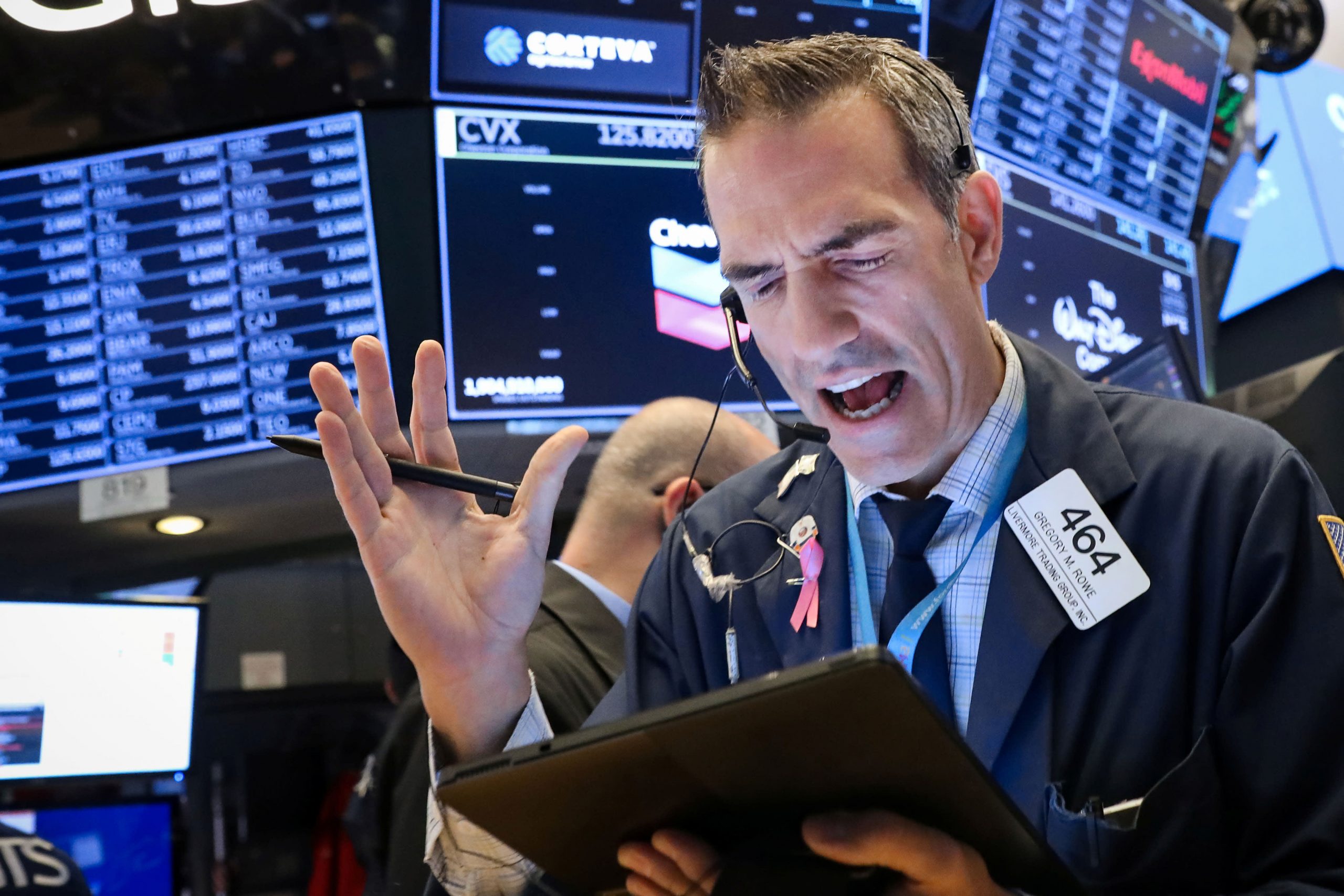
I remember opening my investing account one day and looking at my stocks, noticing that the majority of them were declining pretty severely. Ever since the Russia and Ukraine war, this had been the case. I saw many news headlines talking about the market, and how it was affected from this war. It was then I realized, why isn’t there a way for us to predict these changes in the market given sufficient news headlines?
Understanding how the stock market works is an essential skill in life. Investing properly can lead to security and stability in financial life, but it is hard to find a way to do it consistently. This brought up the question of automating this skill. This is what this paper is about. Using a CNN() and Hugging Face’s Transformers() model, we created a sentiment analysis model that can provide both the certainty of the sentiment and the sentiment itself. The higher the certainty, the more likely it is that the stock will increase in the near future. The CNN and Transformers models both yielded exceptional results, with the Transformers model beating out the CNN model by a mere 1%. This means that the Transformers model was more accurate in predicting the sentiment of sentences than the CNN model was, but only by a little bit. The dataset used consisted of three columns: title, stock, and date. The ‘date’ column will not be used, but the title and stock columns will be used to train the model and display graphs. The purpose of this machine is not to control a buyer’s account and only make purchases that will be guaranteed successes in the short run; it is to provide the buyer with exterior information unwittingly to the buyer so they can make a more educated decision.
Explore More!
Related Projects



